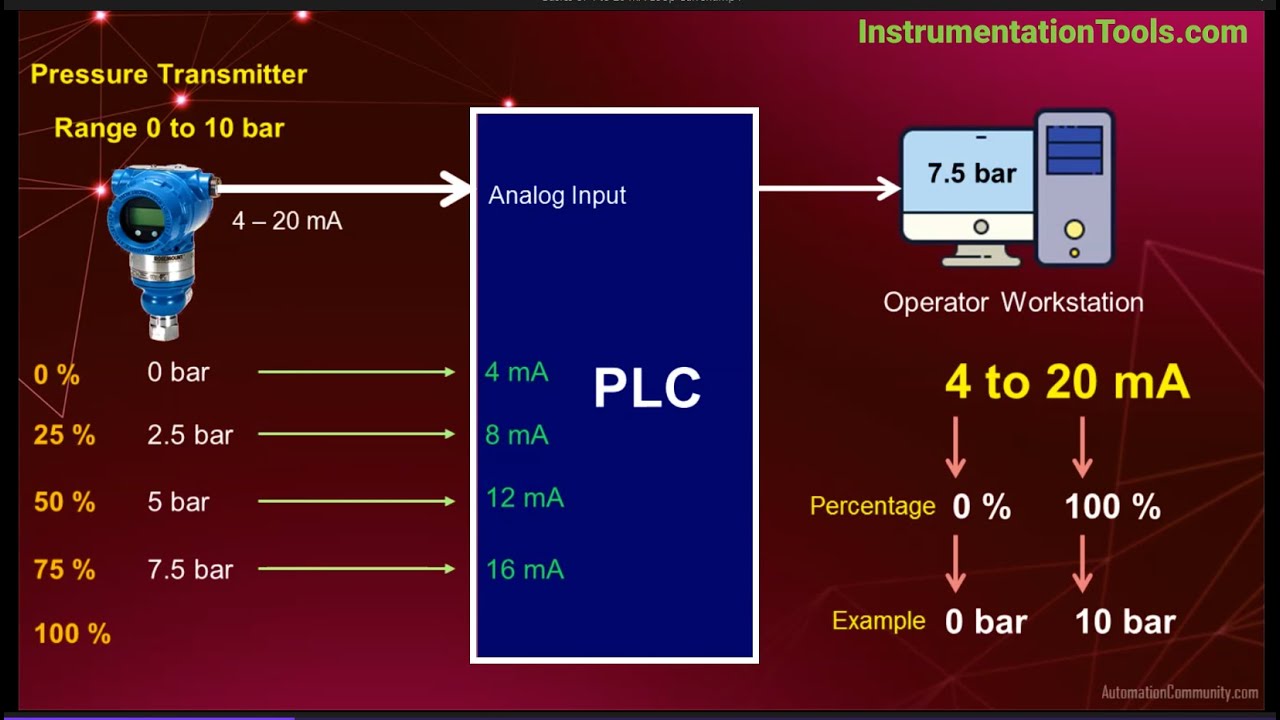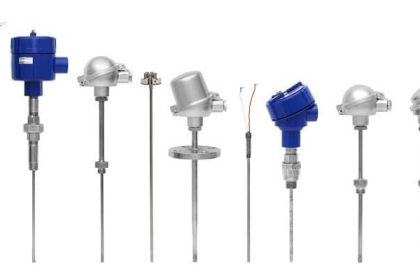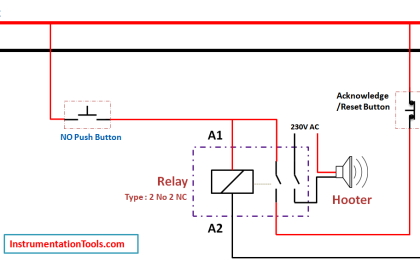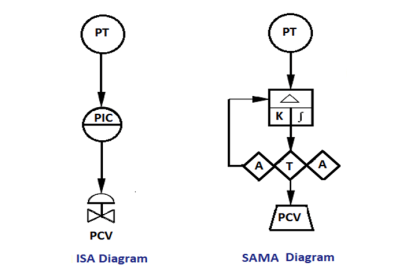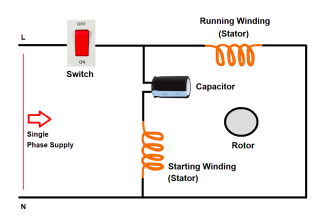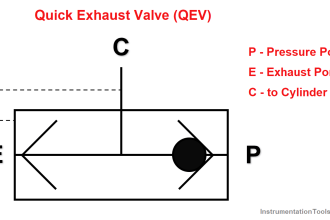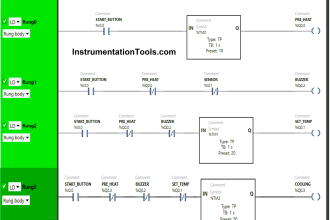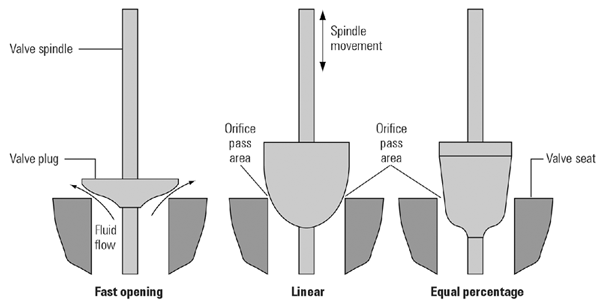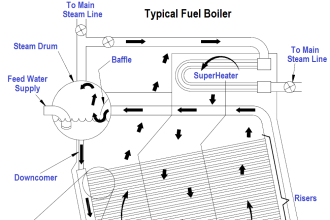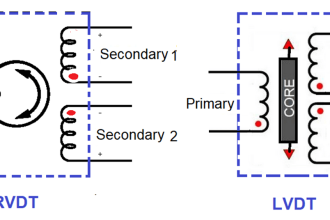Production units and plants typically have hundreds of process instruments operating in a variety of roles.
These instruments are the operators’ eyes and ears, providing critical variables used to monitor and control operations.
They can also send diagnostic information to warn of a variety of developing problems internal to the instrument, within the actual process, or the larger automation infrastructure.
The latest generation of advanced instruments now exhibits a high degree of sophistication in this area.
Diagnostic information can be transmitted as a HART value superimposed on the normal 4-20 milliamp (mA) wired analog current loop, or via a digital protocol such as FOUNDATION Fieldbus, or WirelessHART.
When introduced, these diagnostics represented a major advance for reliability and maintenance departments, allowing them to address developing problems before they caused an inaccurate reading or full failure.
Everything, including the main process variable and any diagnostic functions, depends on reliable communication infrastructure.
The most sophisticated transmitter cannot send data without a reliable connection to the distributed control, asset management, or another host system.
4-20 mA Current Signals
In most environments, the majority of transmitters are wired using a 4–20 mA current loop, possibly with HART.
Normally these are very reliable but can develop problems capable of causing inaccurate readings.
Loop Integrity Diagnostic
In a typical plant environment, a pressure transmitter’s analog current loop may involve a long cable, potentially several hundred feet or more, between the transmitter and the host system I/O connection.
A current loop is very robust, so this does not necessarily pose a challenge if all the elements are intact.
However, a long cable could easily have a dozen termination points from one end to the other as it passes through trays and marshaling cabinets. Screw terminals that have worked loose or become corroded can cause a signal to be lost completely.
A short circuit can also cut off data. The live zero feature of the loop will usually call attention to a full signal loss.
More subtle problems, where the reading is corrupted but not drastically enough to be immediately recognizable, can cause operators to take the wrong action.
Here are two examples of how these can happen.
Leakage Current
Some situations can create a partial short circuit where a new circuit path is formed. Electrical current “leaks” from one side to the other, often due to moisture or corrosion, which might change the signal level.
For example, if the actual signal from the transmitter is 12 mA and the leakage allows another 3 mA, the host system will believe the reading is 15 mA and show a corresponding value to the operators.
If the transmitter sends a signal greater than 18 mA, the system will incorrectly show a fault because the value will exceed 20 mA.
This on-scale failure can cause operators to take improper action, or it can cause a control loop governed by that transmitter to respond incorrectly.
Increased Electrical Load
Correct functioning of a loop depends on having a known resistance for the wiring and a reliable, consistent power supply.
If wires or terminals are corroded or loose, there may still be contact, but those points will add an additional load just as if a resistor had been added to the circuit.
Similarly, a failing or overtaxed power supply can create a brownout condition with sagging output. These can reduce the voltage available to the transmitter which can keep it from being able to reach a full 20 mA signal.
Under those conditions, the transmitter might only be able to communicate a maximum of 15 mA even though the process calls for something higher.
This condition is particularly difficult to recognize since the transmitter can behave correctly through much of its range leaving operators unaware of this critical failure condition.
Both these conditions can be detected through manual loop checks by a qualified technician, but few facilities have the resources to perform these with sufficient regularity.
Some new advanced transmitters are available with loop integrity diagnostics to perform these tests automatically, monitoring the available voltage on a continuous basis.
If voltage deviates from baseline conditions, operators and maintenance technicians can be notified immediately, allowing them to detect and correct the issue, avoiding potential process upsets or even safety incidents.
Thresholds can be programmed in the configurations to correspond to the criticality of a given loop.
Failing Wiring Infrastructure
Some older plants still running ancient automation infrastructure often deal with the loop integrity problems just discussed, combined with outright failures of legacy cabling, but the cost of replacing it is impractical or far too expensive for every instrument.
Plants may try workarounds, but eventually, the failures are simply too significant, and operators begin to lose critical information.
The easiest and most economical solution is abandoning the wiring entirely and replacing it with WirelessHART for all monitoring applications and some real-time control applications.
Any existing 2-, 3- or 4-wire HART-enabled transmitter can be equipped with a WirelessHART adapter, capable of sending multiple process variables and diagnostic data via the network.
This allows working legacy transmitters to stay in a place where possible, although some may still need external power.
This eliminates the need to replace long wiring runs, likely improves on existing signal quality and reliability, and can deliver more data to the host system.
It may be desirable to replace some of the oldest transmitters with newer units using native WirelessHART designs.
The variety of these self-powered units is growing, eliminating the need for signal or power wiring.
Read Next:
